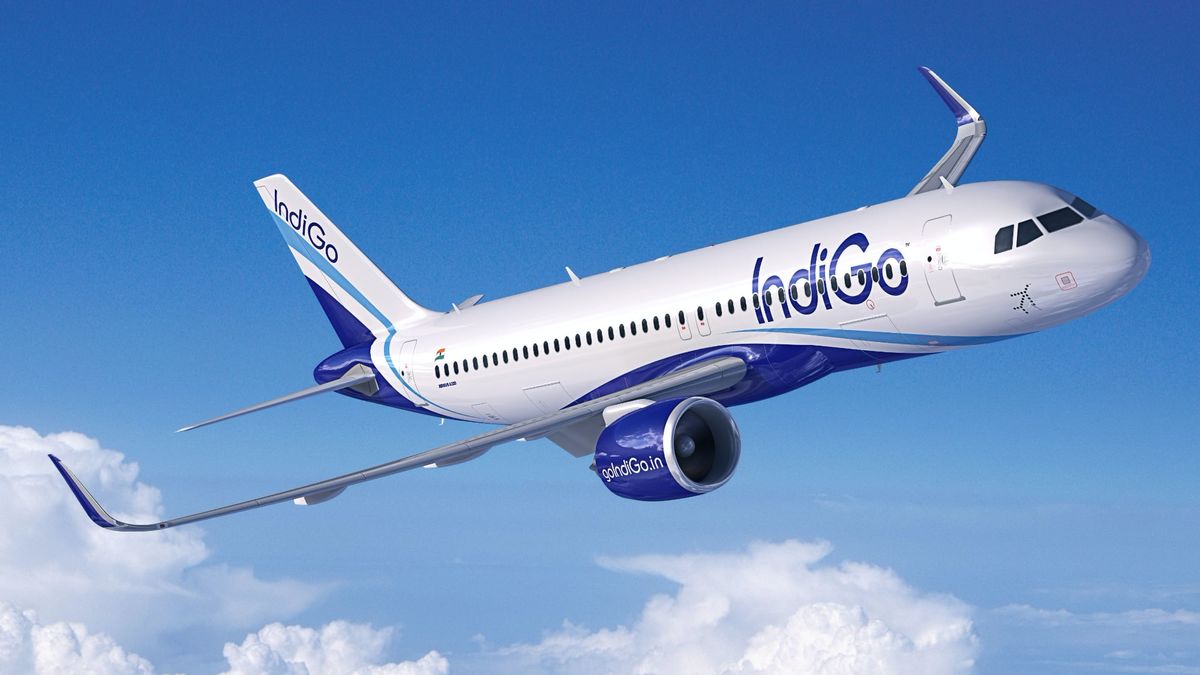
How do aircraft orders work? Aircraft orders might seem like a simple transaction, but there's a lot more going on behind the scenes. Airlines don't just pick up the phone and order a plane like a pizza. First, they analyze their needs, considering factors like passenger demand, fuel efficiency, and route expansion. Next, they negotiate with manufacturers such as Boeing or Airbus, often securing discounts for bulk purchases. Then, financing comes into play, with airlines exploring loans, leases, or even government subsidies. Finally, delivery isn't immediate; it can take years for the aircraft to be built and delivered. Understanding these steps helps explain why aircraft orders are complex and strategic decisions for airlines.
Key Takeaways:
- Massive aircraft orders create jobs, boost economies, and drive technological advancements, impacting industries and communities. They also reflect a shift towards sustainability and environmental considerations in aviation.
- Governments play a crucial role in aircraft orders through subsidies, regulatory approvals, and military contracts. The future of aircraft orders will see trends in urban air mobility, supersonic jets, and space tourism.
The Largest Aircraft Orders in History
Aircraft orders can be massive, involving billions of dollars and hundreds of planes. These orders often make headlines due to their sheer size and impact on the aviation industry.
-
Emirates' 2013 Order: Emirates placed an order for 150 Boeing 777X aircraft, valued at $76 billion. This was the largest single order in Boeing's history.
-
IndiGo's 2019 Order: IndiGo, a low-cost Indian airline, ordered 300 Airbus A320neo family aircraft. The deal was worth around $33 billion.
-
American Airlines' 2011 Order: American Airlines made headlines by ordering 460 aircraft from Boeing and Airbus, valued at $38 billion. This order was split between 260 Airbus A320s and 200 Boeing 737s.
The Impact of Aircraft Orders on the Economy
Large aircraft orders can significantly affect the economy, creating jobs and boosting related industries.
-
Job Creation: A single large aircraft order can create thousands of jobs in manufacturing, engineering, and supply chain management.
-
Boost to Local Economies: Aircraft manufacturing plants often become economic hubs, attracting other businesses and services to the area.
-
Technological Advancements: Large orders often come with requirements for new technologies, pushing innovation in aviation.
Environmental Considerations in Aircraft Orders
Modern aircraft orders increasingly focus on sustainability and reducing environmental impact.
-
Fuel Efficiency: Newer aircraft models are designed to be more fuel-efficient, reducing carbon emissions per flight.
-
Sustainable Materials: Airlines are now considering the use of sustainable materials in aircraft construction to lessen environmental impact.
-
Electric and Hybrid Aircraft: Some orders include electric or hybrid aircraft, aiming to reduce reliance on fossil fuels.
The Role of Government in Aircraft Orders
Governments can play a crucial role in facilitating or influencing aircraft orders.
-
Subsidies and Grants: Governments often provide subsidies or grants to airlines for purchasing new, more efficient aircraft.
-
Regulatory Approvals: Large orders usually require regulatory approvals, which can be influenced by government policies.
-
Military Contracts: Governments themselves are significant customers, placing large orders for military aircraft.
The Future of Aircraft Orders
The aviation industry is evolving, and future aircraft orders will reflect new trends and technologies.
-
Urban Air Mobility: Orders for smaller, urban air mobility vehicles are expected to rise as cities look for new transportation solutions.
-
Supersonic Jets: There is renewed interest in supersonic travel, with companies placing orders for faster, more efficient jets.
-
Space Tourism: As space tourism becomes more viable, orders for spacecraft and related technologies will increase.
Interesting Facts About Aircraft Orders
Some aircraft orders come with unique stories and interesting facts.
-
Customized Aircraft: Some airlines order customized aircraft with unique features, such as luxury suites or themed interiors.
-
Order Cancellations: Not all orders go through; some get canceled due to financial issues or changing market conditions.
-
Historic Orders: The first commercial aircraft order was placed by Pan American World Airways in 1927 for three Fokker F.VII aircraft.
The Final Approach
Aircraft orders are more than just numbers. They reflect technological advancements, economic trends, and global connectivity. From the record-breaking orders by airlines like Emirates to the innovative designs by manufacturers like Boeing and Airbus, each order tells a story of ambition and progress. Understanding these facts helps us appreciate the complexity and scale of the aviation industry. Whether it's the largest passenger planes or the most fuel-efficient models, each aircraft order impacts the future of travel. Next time you board a flight, remember the intricate web of decisions and innovations that made it possible. The sky's not just the limit; it's a testament to human ingenuity and the relentless pursuit of better, faster, and more efficient air travel. Keep these facts in mind, and you'll see the aviation world with a new perspective.
Frequently Asked Questions
Was this page helpful?
Our commitment to delivering trustworthy and engaging content is at the heart of what we do. Each fact on our site is contributed by real users like you, bringing a wealth of diverse insights and information. To ensure the highest standards of accuracy and reliability, our dedicated editors meticulously review each submission. This process guarantees that the facts we share are not only fascinating but also credible. Trust in our commitment to quality and authenticity as you explore and learn with us.


